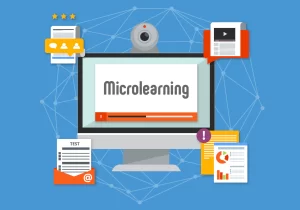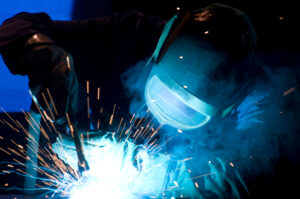
Key Benefits of Integrating AI into Traditional Trades Practices
In an era marked by rapid technological advancement, the integration of artificial intelligence (AI) into traditional trades practices is reshaping industries and revolutionizing the way work is done. From construction and manufacturing to plumbing and electrical work, AI is unlocking new opportunities for efficiency, precision, and innovation. Let’s explore the key benefits of integrating AI into traditional trade practices and how it’s transforming the landscape of work.
Enhanced Efficiency and Productivity
One of the primary benefits of integrating AI into traditional trade practices is the significant enhancement of efficiency and productivity. AI-powered systems can automate repetitive tasks, optimize workflows, and streamline operations, allowing trades professionals to focus their time and energy on more complex and strategic activities. Whether it’s automating assembly processes in manufacturing or optimizing project schedules in construction, AI enables tradespeople to accomplish more in less time, leading to increased productivity and cost savings.
Improved Precision and Quality
Precision is essential in Trade Industries, where even minor errors can have significant consequences. AI-driven technologies, such as machine learning algorithms and computer vision systems, enable trades professionals to achieve unparalleled levels of precision and quality in their work. For example, in machining and fabrication, AI-powered machine tools can adjust cutting parameters in real time to produce flawless finishes and exact dimensions. Similarly, in electrical work, AI algorithms can analyze circuit designs to optimize wiring configurations, ensuring compliance with safety standards and delivering superior quality outcomes.
Predictive Maintenance and Equipment Optimization
Maintaining equipment and machinery is critical for preventing costly downtime and ensuring continuous operations in trade industries. AI-powered predictive maintenance systems analyze data from sensors, equipment performance history, and environmental factors to forecast potential breakdowns before they occur. By detecting early warning signs of equipment failure, trades professionals can schedule proactive maintenance activities, replace worn components, and avoid unplanned outages. Additionally, AI enables tradespeople to optimize equipment performance and energy efficiency, leading to reduced maintenance costs and extended equipment lifespan.
Enhanced Safety and Risk Mitigation
Safety is paramount in trade industries, where workers are often exposed to hazardous conditions and environments. AI-powered systems can enhance safety by detecting potential hazards, monitoring worker behavior, and providing real-time alerts and interventions. For example, wearable devices equipped with AI technology can detect signs of fatigue or unsafe practices and alert workers or supervisors to take corrective action. Additionally, AI-driven simulations and virtual training programs enable tradespeople to practice safety procedures and emergency protocols in a safe and controlled environment, reducing the risk of accidents and injuries on the job.
Data-Driven Decision-Making and Continuous Improvement
AI enables trade professionals to harness the power of data for informed decision-making and continuous improvement. By collecting and analyzing data from sensors, equipment, and operations, AI algorithms provide valuable insights into operational performance, resource utilization, and efficiency metrics. Trades managers can leverage this data to identify trends, optimize processes, and make data-driven decisions that drive continuous improvement and competitive advantage. Additionally, AI facilitates predictive analytics and scenario planning, allowing tradespeople to anticipate future trends and challenges and adapt their strategies accordingly.
Conclusion:
In conclusion, the integration of AI into traditional trade practices offers a myriad of benefits, including enhanced efficiency, improved precision, predictive maintenance, enhanced safety, and data-driven decision-making. By harnessing the power of AI-driven technologies, trades professionals can optimize workflows, maximize productivity, and deliver superior quality outcomes in their respective fields. As AI continues to evolve and advance, its role in trade industries will only become more significant, driving innovation, growth, and success in the ever-changing landscape of work.



